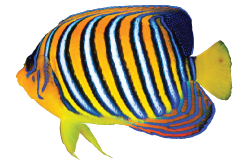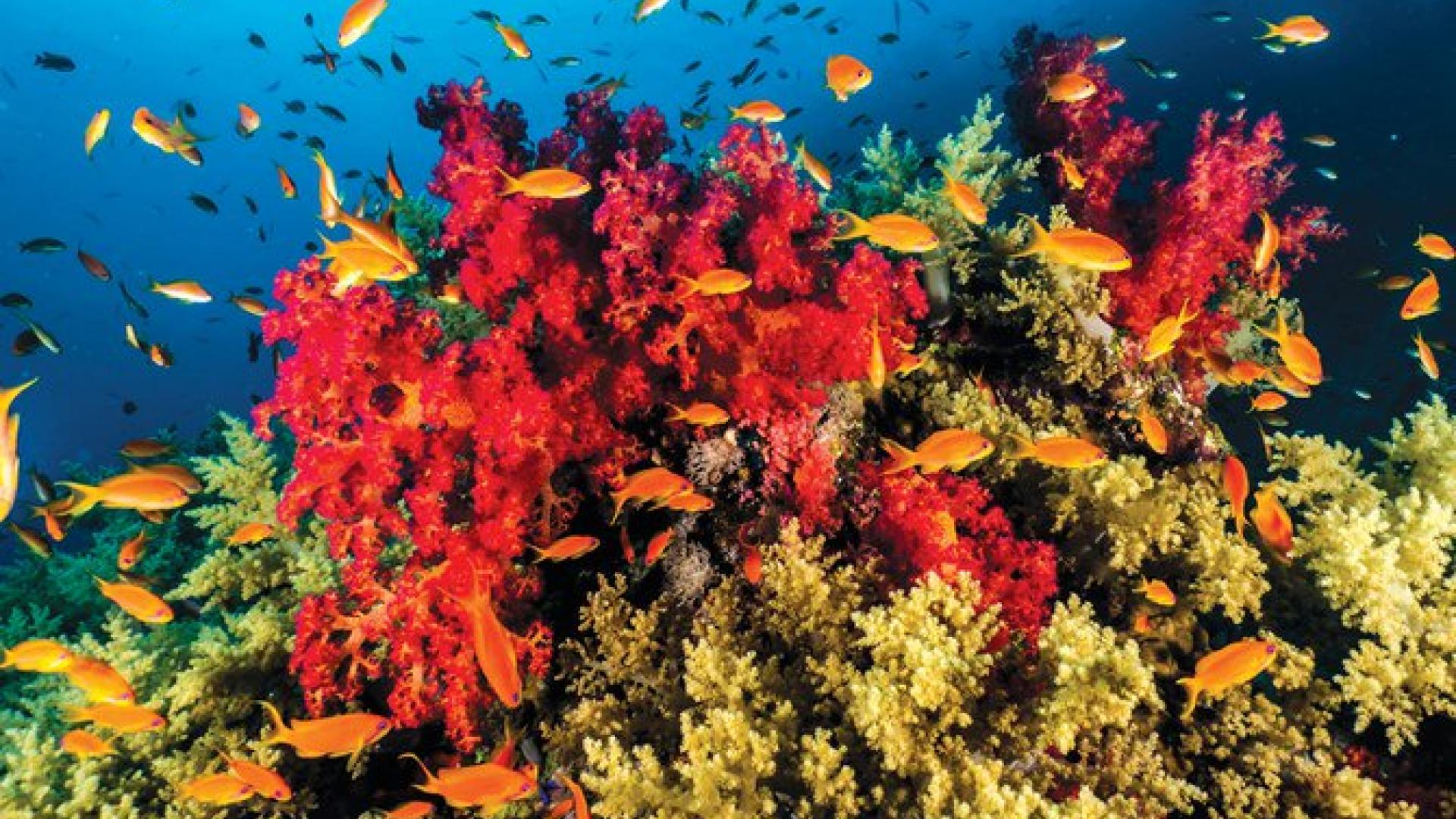Waters occupying depths from 300 to 2,000 meters in the Red Sea are recognized as the warmest and saltiest deep-water environments in the world
DUBAI: Earth scientists and oceanographers at the King Abdullah University of Science and Technology (KAUST) have discovered that deep water in the Red Sea is replenished much faster than previously thought.
Its deep circulation was also found to be directly affected by major climatic events, including volcanic eruptions, around the world.
Understanding the deep-water ocean currents of the Red Sea enables researchers to better gauge its health, since organic matter from surface waters falls into the ocean depths, where it decomposes into its basic mineral components. The movements of these mineral-rich waters carry oxygen and important nutrients that support ecosystems and sea life.
 “Using temperature and salinity data gathered by six cruises from along the central axis of the Red Sea and an ocean circulation simulator, we have been able to gain further insight into the circulation of the Red Sea’s deep waters,” said Ibrahim Hoteit, professor of earth science and engineering at KAUST. “We found that the depths of the Red Sea have experienced rather rapid — around 10-year — water renewals, which is against the conventional idea that it is mostly stagnant.”
“Using temperature and salinity data gathered by six cruises from along the central axis of the Red Sea and an ocean circulation simulator, we have been able to gain further insight into the circulation of the Red Sea’s deep waters,” said Ibrahim Hoteit, professor of earth science and engineering at KAUST. “We found that the depths of the Red Sea have experienced rather rapid — around 10-year — water renewals, which is against the conventional idea that it is mostly stagnant.”
Waters occupying depths from 300 to 2,000 meters in the Red Sea are recognized as the warmest and saltiest deep-water environments in the world.
To date, research suggested that the Red Sea’s deep water is relatively stagnant, taking about 36 to 90 years to renew, and that its main source of renewal is water flowing from the northern gulfs of Suez and Aqaba into the sea’s main basin.
FAST FACT
• Saudi Arabia’s Red Sea coast is about 1,760 km in length.
• Coral reefs are known for harboring some of the highest biodiversity of benthic fauna and flora.
• The Red Sea is a narrow, semi-confined sea that combines high temperatures of around 21C, a deep basin with a maximum depth of about 2,300 meters and high salinity.
• The Red Sea hosts a deep marine environment unique among the world’s oceans.
